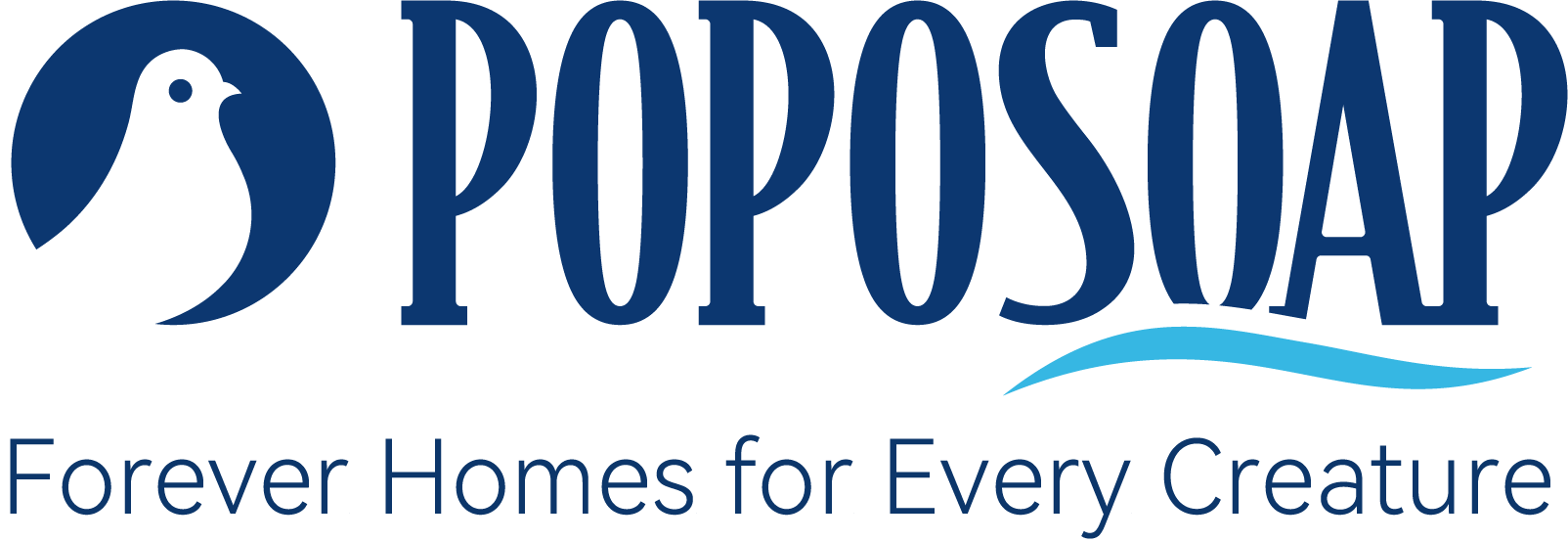
Water quality deterioration often occurs during high-temperature seasons or continuous rainy periods, primarily due to the fermentation and decomposition of organic matter and the excessive reproduction of aquatic plants.
Table of Contents
- Signs and Causes of Water Deterioration
- (1) Water Color is Dark Brown and Murky
- (2) Greenish Oil Foam or Particulate Matter on the Water Surface
- (3) Film on the Water Surface
- (4) Bubbles Floating on the Surface and Changes in Water Color
- Solutions to Water Deterioration
- Characteristics of Good Water Quality: Fertile, Active, Tender, and Refreshing
- Three Types of Good Water Quality
Signs and Causes of Water Deterioration
(1) Water Color is Dark Brown and Murky
A dark brown and murky water color indicates excessive organic matter and rapid decomposition. This type of water is often acidic, which is detrimental to the reproduction of natural feed and the growth of fish.
(2) Greenish Oil Foam or Particulate Matter on the Water Surface
The appearance of greenish oil foam or particulate matter on the water surface is generally caused by the mass reproduction of blue-green algae. Most blue-green algae cannot be utilized as feed by fish, instead consuming nutrients, deteriorating water quality, and inhibiting the reproduction of digestible algae, affecting fish growth.
(3) Film on the Water Surface
A film on the water surface is formed by the fat bodies resulting from the decay of dead organisms, which adhere to dust or waste. This film is often gray-black and can hinder digestion when ingested by fish; moreover, it also affects the dissolution of oxygen in the water.
(4) Bubbles Floating on the Surface and Changes in Water Color
Frequent bubbles floating on the surface, coupled with a gradual change in water color that becomes bitter and fishy, indicates the presence of carbon dioxide, hydrogen sulfide, ammonia nitrogen, and methane produced during the decomposition of organic matter. These gases are toxic and pose a threat to aquatic animals.
Solutions to Water Deterioration
Different measures should be taken based on the specific situation:
- The best approach is generally to add or change water.
- Increase aeration by using aerators to dissipate harmful substances (gases) in the water, promoting a balanced environment.
- Using photosynthetic bacteria and other microbial strains can help adjust water quality, improve sediment, and detoxify the water.
- For acidic waters, spreading quicklime can neutralize the acidity, promoting a weakly alkaline environment.
- Based on water quality, appropriate fertilizer application can help make the pond water fertile and lively, creating suitable living conditions for fish and their feed organisms.
Characteristics of Good Water Quality: Fertile, Active, Tender, and Refreshing
The concepts of fertile, active, tender, and refreshing water quality are a summary of good water quality and color based on long-term production practices. "Fertile" water refers to a high diversity and abundance of planktonic organisms. Water exhibiting a green bean color or light brown with green tones, with adequate fertility without turbidity, can be described as "tender and refreshing."
Typically, good water quality exhibits variability in color due to the activity of different types of plankton influenced by changing external conditions such as light and temperature. This results in varied colors in the water, described as "light in the morning and dense in the evening" or "red in the morning and green in the evening," creating a cloud-like reflection in sunlight, known as "active."
Three Types of Good Water Quality
Water quality can be judged by its color. The following three types of water quality can be considered good:
Green Bean Color: Dominated by green algae, cryptomonads, and diatoms, with transparency of about 25-30 cm.
Light Brown with Green Tones: High transparency, primarily consists of diatoms, some green algae, golden algae, and yellow-green algae.
Oil Green Color: Dominated by cryptomonads, diatoms, some golden algae, and a portion of green algae. When cryptomonads and green algae are particularly abundant, the transparency may be lower.
In these three water colors, there are no floating bubbles or films on the water surface during hot weather.







